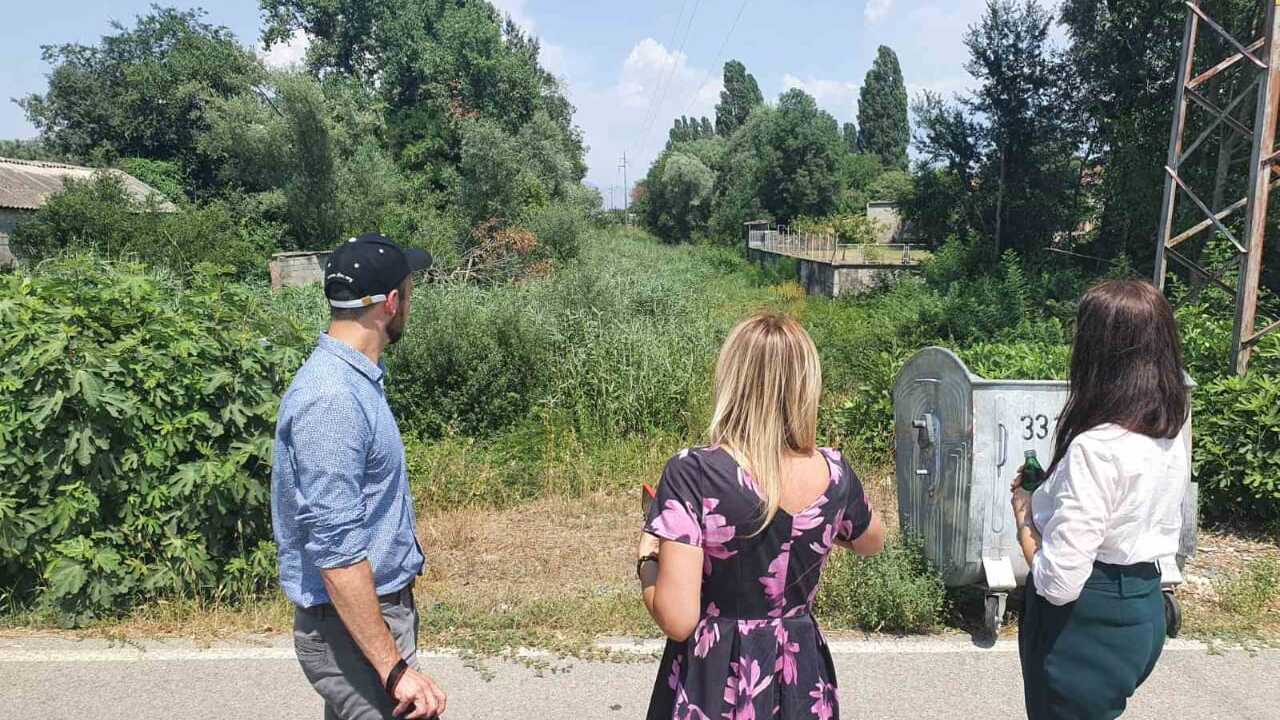Protecting the Tourist Economy in Coastal Ecuador
In coastal Ecuador, tourism is an important part of the local economy. Prone to earthquakes and tsunamis, community members have made it a priority to keep tourists safe from natural disasters during their visit.
In the Santa Elena province, through the Latin America Risk Reduction Activity (LARRA) project, the American and Ecuadorian Red Cross teach residents of all ages first aid, lifeguarding skills, and search-and-rescue skills so they can keep people safe every single day and be their own first responders. The communities in Santa Elena are often isolated and located far from hospitals, and first aid skills have proven to save lives. Local women shared the story of a surfer whose life was saved by a teenager trained by the Red Cross. In addition, the Red Cross has helped towns to identify evacuation routes and meeting points in case of tsunamis—there are now colorful billboards erected all over town – aimed at both local residents and tourists, that clearly mark the way to safety. The Red Cross has also helped towns to install early warning systems, so everyone knows when it’s time to evacuate. Some towns use high-tech sirens when it’s time to evacuate; others have a horn that can be heard from a half mile away.
Local business owners have also teamed up with the Red Cross to ensure that tourists understand and follow emergency procedures. Local seafood shacks use the placemats provided by the Red Cross and USAID so that kids can play games and learn safety procedures at the same time. Even the buses that transport tourists from nearby cities show short, 4-minute Red Cross videos about staying safe in case of a natural disaster.
In the eight months that the LARRA project has been working in the Santa Elena province, the Red Cross has made significant strides in integrating its disaster preparedness activities such as first aid training, and public awareness around evacuation routes and other safety procedures into the tourist economy. By focusing on the tourism industry, and reducing risks for both residents and tourists, the Red Cross has been able to build a strong initiative for all community members. The recognition that tourists are important to the region, and must be included in contingency and safety planning and activities, is an important way of thinking about preparedness.
Link to the 4-minute bus video:
Lessons Learned :
- Disaster Preparedness and Response are everyone’s responsibility – engaging local businesses and residents in life-saving activities foster a culture of readiness and collaboration.
- Disaster Preparedness and Response work does not need to entail standalone activities – integrating key messages and information into routine community practices allows for residents and tourists alike to know what to do in the event of a disaster.
Supporting Materials :


